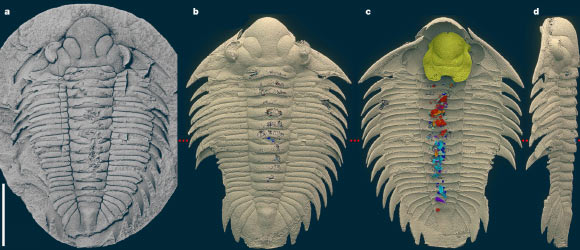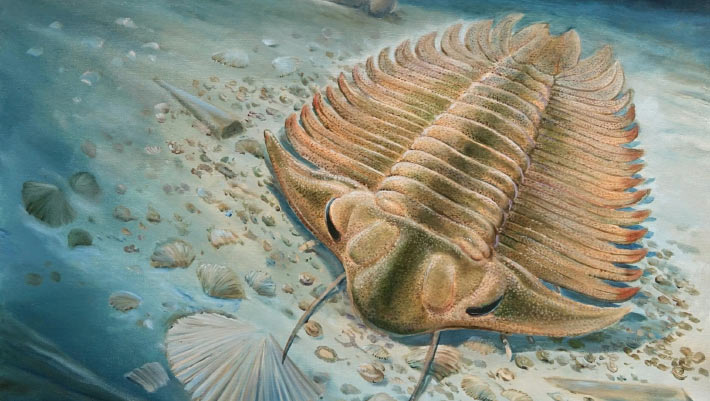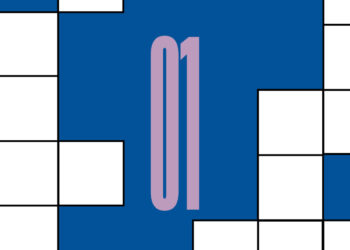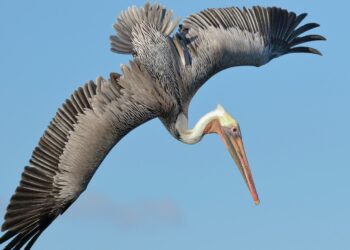The newly-discovered fossilized specimen of Bohemolichas incola, a species of trilobite that lived during the Ordovician period, provides by far the most detailed source of information to date concerning the diet and the feeding mode of trilobites. Bohemolichas incola appears to have been an indiscriminate feeder on small, shelly, benthic invertebrates, most likely by scavenging rather than active hunting.
Trilobites are among the most iconic of fossils and formed a prominent component of marine ecosystems during most of their 270-million-year-long history from the early Cambrian period to the end Permian period.
More than 20,000 species of trilobites have been described to date, with presumed lifestyles ranging from infaunal burrowing to a planktonic life in the water column.
Despite numerous fossil specimens, the feeding habits of these animals have had to be inferred indirectly, because no known specimens with internal gut contents have previously been reported.
In the new research, Uppsala University paleontologist Per Ahlberg and colleagues examined a complete specimen of the infrequent trilobite Bohemolichas incola with preserved gut content.
The specimen is 465 million years old (Ordovician period) and came from the Šárka Formation of the Prague Basin, the Czech Republic.
The tightly packed, almost continuous gut of Bohemolichas incola is full of fragmented shells that belonged to marine creatures including ostracods, hyoliths, bivalves and stylophoran echinoderms.

“Bohemolichas incola was an opportunistic scavenger,” the paleontologists said.
“It was a light crusher and a chance feeder that ate dead or living animals, which either disintegrated easily or were small enough to be swallowed whole.”
The fossil specimen also shows the vertical tracks of other scavengers that burrowed into the trilobite’s carcass, where they targeted the soft tissue but avoided the gut.
This implies noxious conditions inside the trilobite’s digestive system…
Read the full article here







